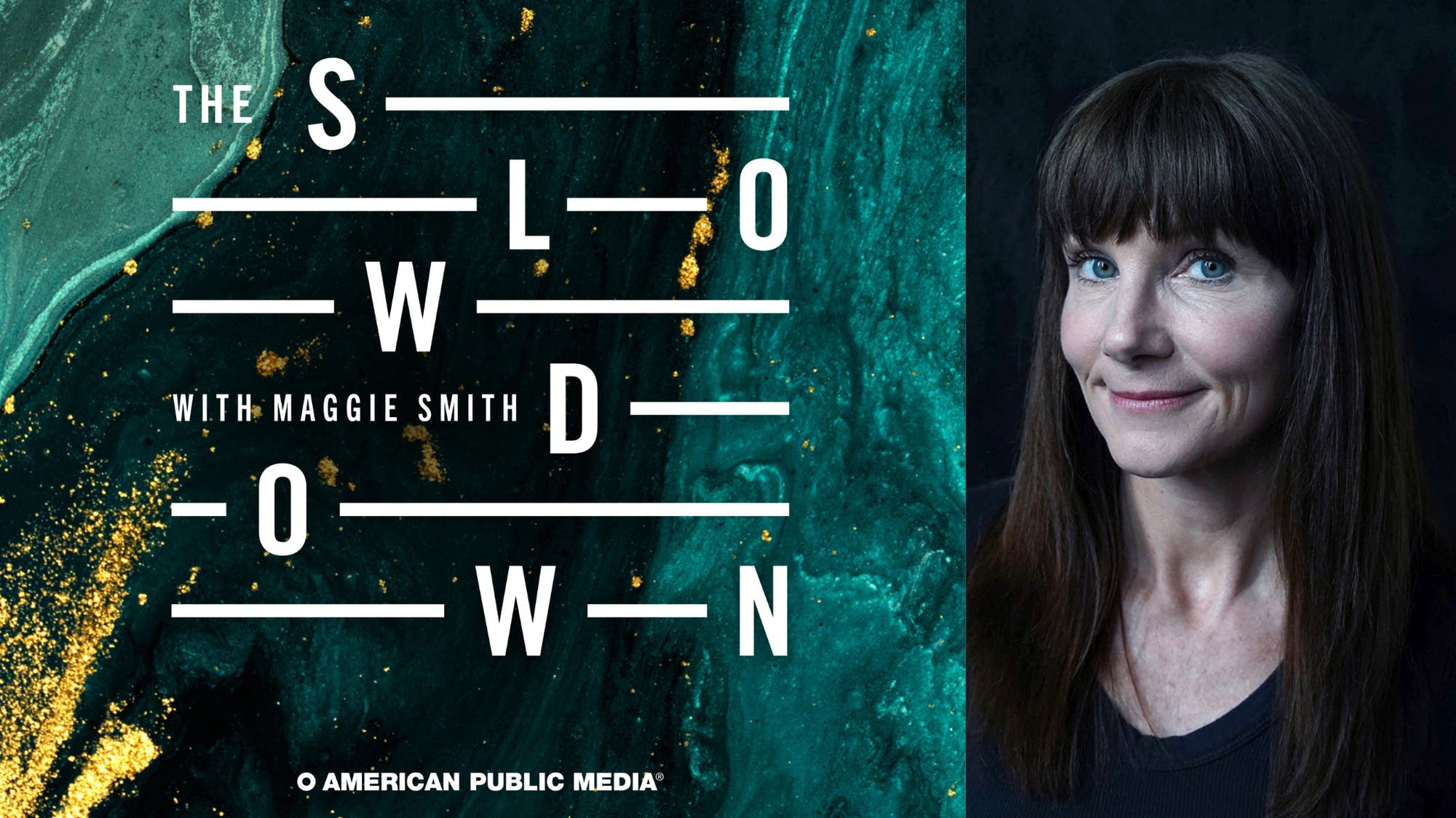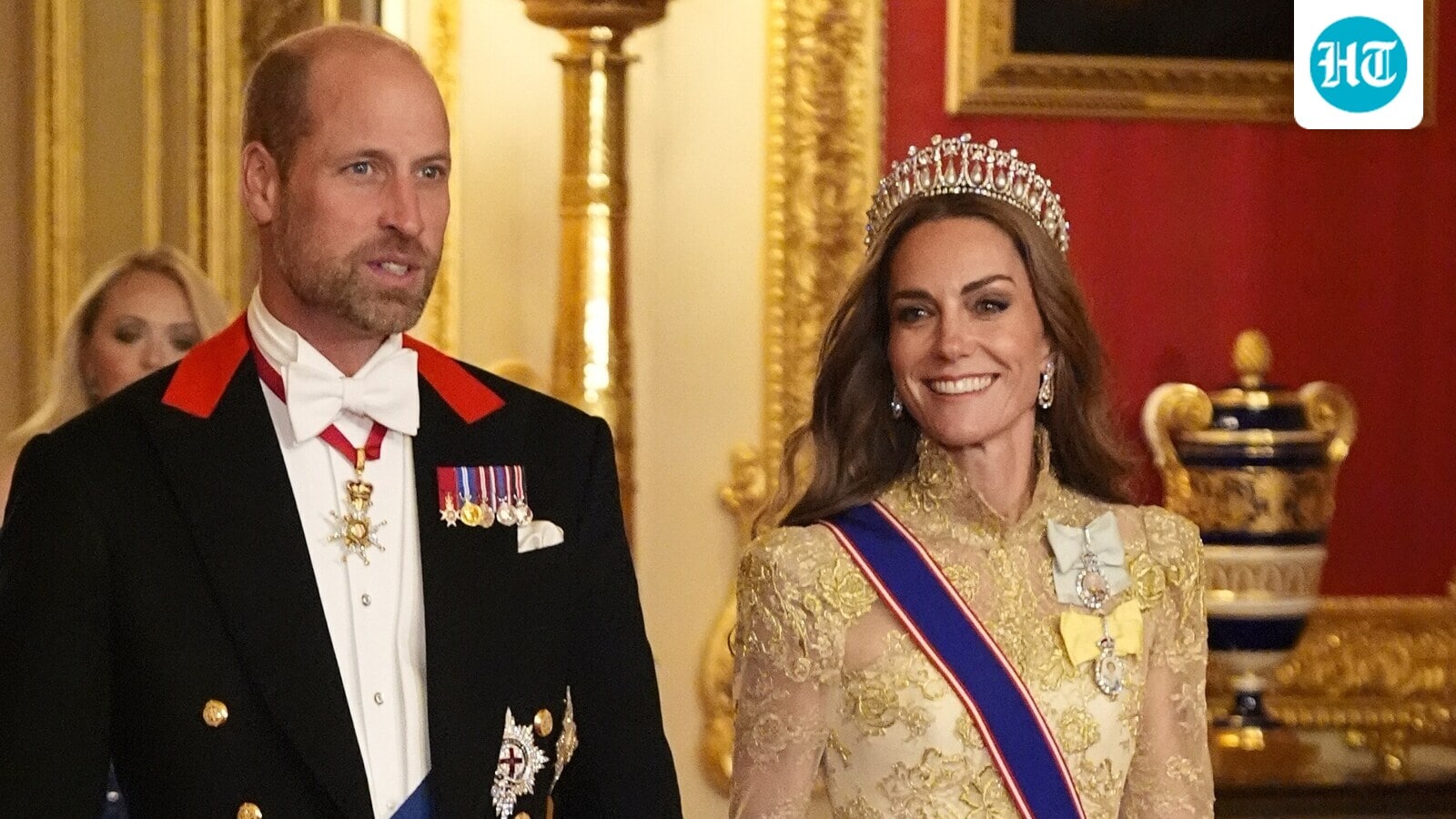TERRY GROSS, HOST:
This is FRESH AIR. I’m Terry Gross. My guest, Laufey, is a singer, cellist, pianist, guitarist and songwriter whose 2023 album, “Bewitched,” was the first album ever to top Billboard’s jazz and…

TERRY GROSS, HOST:
This is FRESH AIR. I’m Terry Gross. My guest, Laufey, is a singer, cellist, pianist, guitarist and songwriter whose 2023 album, “Bewitched,” was the first album ever to top Billboard’s jazz and…

Turkey has launched an investigation into alleged drug use in the country, with an operation targeting a number of celebrities.
During the probe by the Narcotics Crimes Bureau, 19 people – including actresses Berrak Tuzunatac and Demet Evgar, and…

Ejae, Audrey Nuna and Rei Ami went up, up, up for their “Golden” moment on “The Tonight Show Starring Jimmy Fallon.”
The trio, who provide the singing voices for the animated “KPop Demon Hunters” central girl group Huntr/x, hit the…

Godzilla’s rampage across the Marvel Comics Universe continues into the stars this February in GODZILLA: INFINITY ROAR! Just revealed at New York Comic Con’s Retailer Panel, the five-issue series will be written by Gerry Duggan, who made a…


Prince William, 43, recently opened up about his hopes for the future on an episode of Apple TV+’s The Reluctant Traveler with Eugene Levy. The British royal has reportedly been “quite vocal” about the changes he and Kate Middleton want…

Dolly Parton has taken to social media to clarify she “ain’t dead yet!”
In a post shared on her Instagram and YouTube channel, the country music star rejected rumors of ill health that swirled after the postponement of her Las Vegas…

The Rock & Roll Hall of Fame has announced its billing for its 2025 induction ceremony. Among the names included are contemporary stars such as Doja Cat and Olivia Rodrigo, while also lending a retrospective lens to icons such as Elton John and…